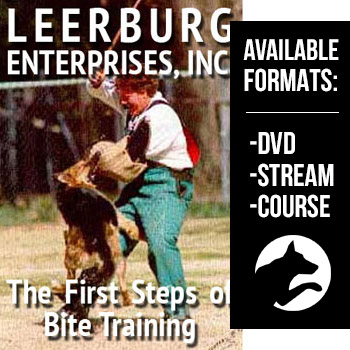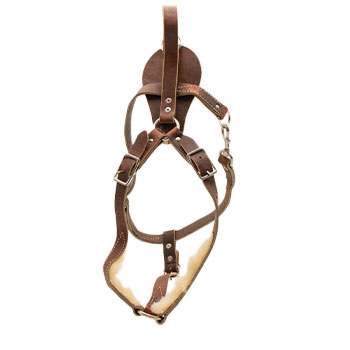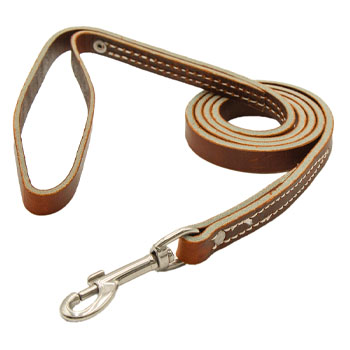May 19, 2011
My dog will only bite with the front of its mouth. Are there other ways to make a dog bite with a fuller grip?
Full Question:
Hi Mr. Frawley,I know I have sent this to you already and I understand that you are probably very busy. I apologize for being so persistent and this probably sounds like such a stupid question, however I would appreciate any advice or reference to articles on your web page that could shed some light regarding this issue. As I previously mentioned it's regarding a two and a half year old GSD bitch training towards IPO 1. We are having problems with her bite. She keeps biting on her front teeth. Now I don't know whether this is a habit or as a result of genetics, weak nerves etc. We are now working her on a sack, prey drive only. She seems to have a low threshold for defense and I don't know whether this adds to the problem? Once she takes a bite she seldom carries, slips the object to her front teeth and basically looses interest once the prey goes dead. She does it so quickly irrespective whether she is worked on a tie-out or not. Should she counter she basically opens her mouth and closes it again resulting in the same if not worse bite. The "training supervisor" feels that the dog should be put into serious defense in order to bite beeper. But should the dog be a bit nervy and defensive as it is, how will this affect the dog?
Any advice would be greatly appreciated.
Thanking You
Q. Strooh

 Ed's Answer:
Ed's Answer:
The bottom line is that grip is a genetic issue. We are not going to change genes through training. We can help with some changes but this is an artificial situation.
The dog needs to understand that the only safe place is to grip the sleeve. This is done through pressure (if the dog releases the grip it is immediately stressed by the helper).
It does not take very long for the dog to realize this. It all comes down to timing. The dog must figure out that if it releases the grip, it is immediately stressed by the helper (the amount of stress is determined by the experience of the helper – I cannot tell or demonstrate this to you this in an email.)
Once the dog figures this out we can worry about the depth of the grip. When it knows that it "MUST HOLD" the bite (or get stress) then the handler can focus on the actual depth of the grip. This can only be accomplished by the helper. The helper needs to relax the sleeve and allow the dog a moment to re-grip the sleeve. It does this because it knows that it must bite or get stressed.
At the instant that the dog bites deeper into the sleeve the helper adds tension to the sleeve and takes up the slack to force the dog to bite deep or lose it's grip. It has already learned that if it releases its grip it gets more stress – so most dogs will hold the bite. The end result of this training is that the dog bites deeper and holds firmer.
If you want to see this in practice I would suggest that you purchase my video The First Steps of Bite Training.
The dog needs to understand that the only safe place is to grip the sleeve. This is done through pressure (if the dog releases the grip it is immediately stressed by the helper).
It does not take very long for the dog to realize this. It all comes down to timing. The dog must figure out that if it releases the grip, it is immediately stressed by the helper (the amount of stress is determined by the experience of the helper – I cannot tell or demonstrate this to you this in an email.)
Once the dog figures this out we can worry about the depth of the grip. When it knows that it "MUST HOLD" the bite (or get stress) then the handler can focus on the actual depth of the grip. This can only be accomplished by the helper. The helper needs to relax the sleeve and allow the dog a moment to re-grip the sleeve. It does this because it knows that it must bite or get stressed.
At the instant that the dog bites deeper into the sleeve the helper adds tension to the sleeve and takes up the slack to force the dog to bite deep or lose it's grip. It has already learned that if it releases its grip it gets more stress – so most dogs will hold the bite. The end result of this training is that the dog bites deeper and holds firmer.
If you want to see this in practice I would suggest that you purchase my video The First Steps of Bite Training.
100% (4 out of 4)
respondents found this answer helpful


Can't find what you're looking for?








